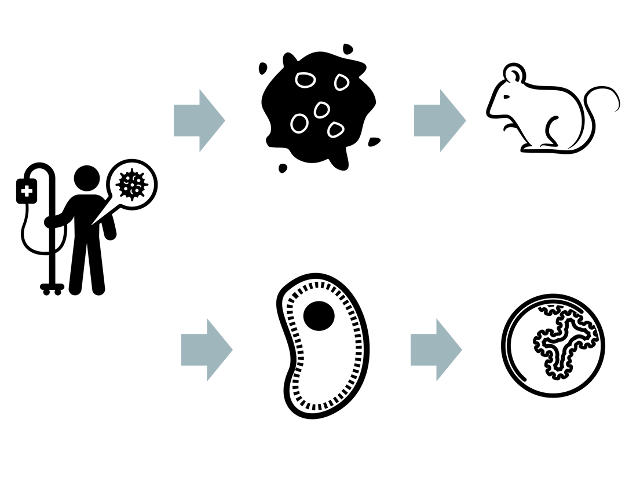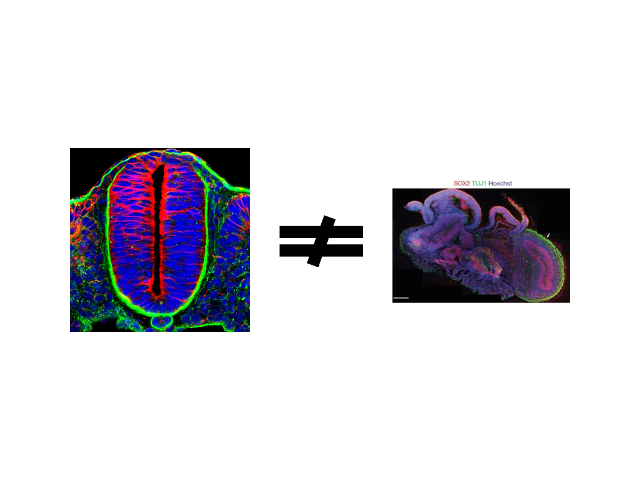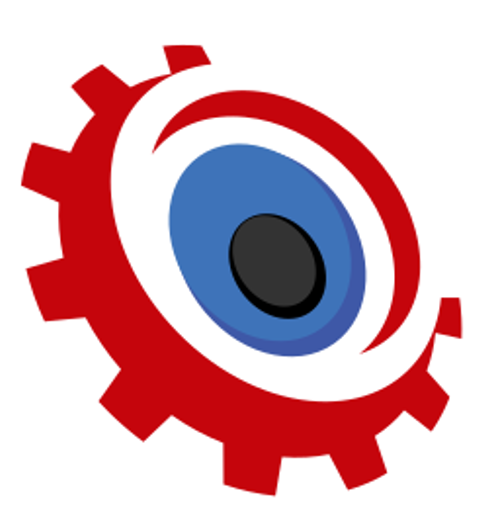Our mission is to provide new hope for curing diseases by building human organs in a dish.
Patient-Specific Therapy with Stem Cells
The first step into determining how we as scientist can begin to discover cures for neurological disorders begins with patient derived stem cells. In Regenerative medicine, scientist are able to harvest normal cells from patients and convert them into stem cells.

- Stem cells can be differentiated to all cell types in the body.
- These cells types can be use to model in the dish the different organs of the body, allowing use to use these to test different treatments for diseases.
- Our lab right here in this building is particularly focused to model brain development in the dish with the purpose of induced Pluripotent Stem Cell-based disease modeling and drug discovery.
Improved Drug Discovery Approach
In order to understand neurological disorders and develop new cures for these, scientist have developed tools for drug discovery in the dish. Conventional discovery drug discovery approaches begins with the collection of cells with a specific disease from a patient group.

Current Drug Discovery Approach: Animal Models
- The patient cells are used to identify and study the disease.
- We then use an animal to model and study the disease to find a possible cure.
- Once we find a potential cure, the next step is to test on patients in clinical trials.
- Because of the differences between animals and humans, the success rate in human patients is very low, and therefore this is a very expensive process.
To overcome this limitation, scientists are using an alternate path, which is to use induced Pluripotent Stem Cells derived from the patients own diseased cells.
Proposed Drug Discovery Approach: Patient-derived Stem Cells
- In this approach, relevant patient cells can be re-engineered back into stem cells and subsequently form an organ-like tissue that corresponds to the diseased tissue in the patient.
- This patient-specific organ like tissue can now be studied to develop cures that are more relevant to the patient than animals are.
- This reduces the amount of animals needed in the pre-clinical phase when we validate the potential cures using animal models, also improves the efficiency of clinical trial success.
- Ultimately this alternate approach can result in improved clinical translation of drugs from the lab to the patients in need, and reduced tax payer financial burden.
Organ-like Tissues
Studying development is an important first step to guide our knowledge as to how our diseased tissue of interest is formed, and how can things go wrong.

- However, it is very difficult, or even impossible to study the tissue inside the body itself.
- Researchers have use knowledge from development to make neural tube and brain like tissues in the dish, which has provided an avenue to study human disease using tissues similar to the body with patient own cells.
- However, even with this great breakthrough, we still run into issues such as having no control over tissue structure, which gives inconsistent tissues. Therefore it is our motivation to develop a solution to take this great breakthrough one step further.
